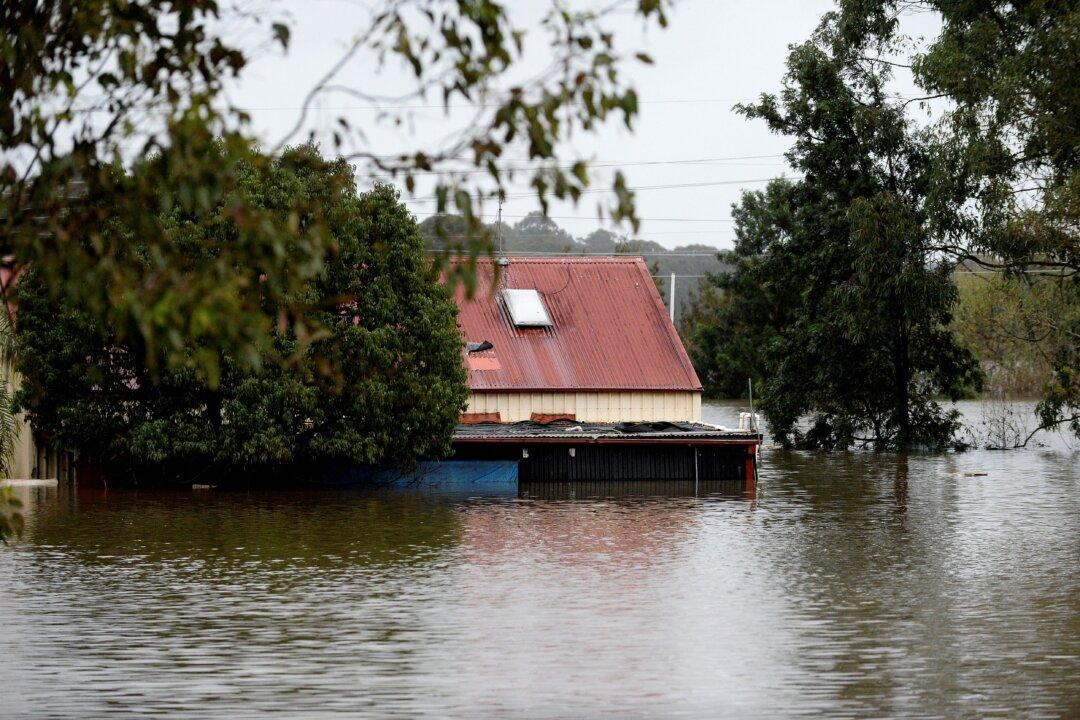The Actuaries Institute has revealed that nearly one in six Australian households have difficulty paying for home insurance due to significant cost increases.
Actuaries Institute CEO Elayne Grace said the proportion of households facing extreme insurance affordability pressure was 15 percent as of March this year, up from 12 percent in 2023 and 10 percent in 2022.





